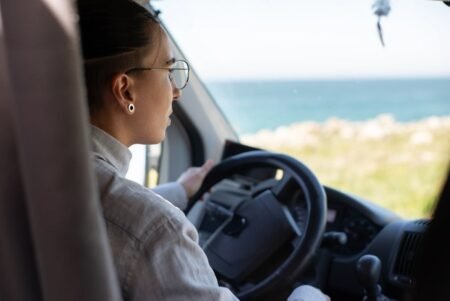(BRUSSELS) – 15,846 women, men, girls and boys were registered as victims of trafficking in the EU, according to a report presented Thursday by the European Commission on progress in the fight against trafficking in human beings.
Presenting the first report on the years 2013-2014, the EU’s anti-trafficking coordinator Myria Vassiliadou called on EU Member States to step-up efforts to effectively implement the Anti-trafficking Directive which was adopted in 2011, and to comply with its obligations.
The report presents trends and challenges in addressing trafficking in human beings, examines progress made and highlights key challenges that the EU and its Member States need to address as a priority.
It says that despite progress made, EU Member States need to step up efforts to fight effectively against trafficking in human beings.
Such trafficking was “morally and legally unacceptable and inexcusable that in the EU of the 21st century,” said the Migration Commissioner Dimitris Avramopoulos.
The Commission admits that the actual number of victims is likely to be substantially higher than those registered by national authorities.
Trafficking for the purpose of sexual exploitation is still the most widespread form (67% of registered victims), followed by trafficking for labour exploitation (21% of registered victims). Over three quarters of the registered victims were women (76%), while at least 15% were children.
One of the most sharply increasing trends has been in the number of children falling victim to human traffickers. Victims with disabilities and victims of Roma ethnic background were also identified as increasing in number. The report also highlights links between human trafficking and other forms of crime and the exploitation of the most vulnerable in the context of the current migration crisis as well as an increased use of the internet and new technologies to recruit victims.
The Commission says the Member States need to fully and correctly implement the EU Anti-trafficking Directive with a view to increasing the number of investigations and prosecutions of perpetrators, establishing appropriate mechanisms for the early identification and protection of victims and enhancing measures to prevent the trafficking of human beings.
It says it will publish two reports on compliance and criminalisation as well as a post-2016 Strategy on trafficking in human beings by the end of this year.
Further information
Commission Report on the progress made in the fight against trafficking in human beings (2016)








